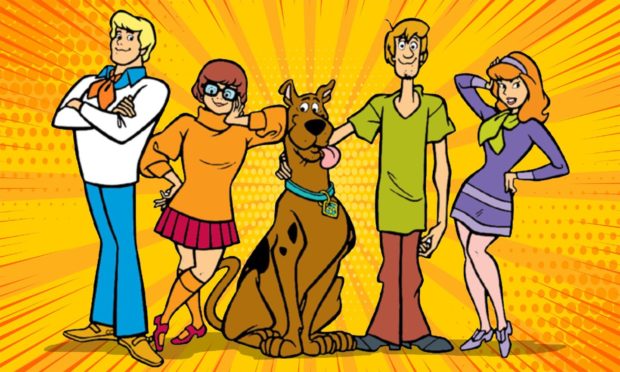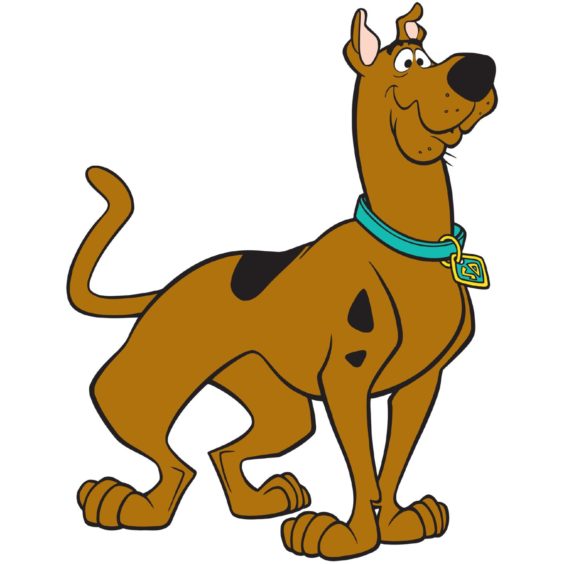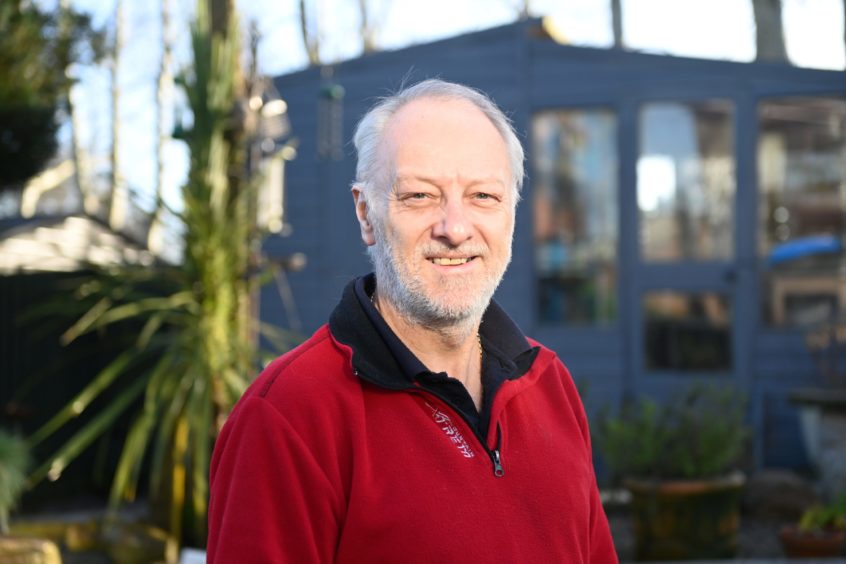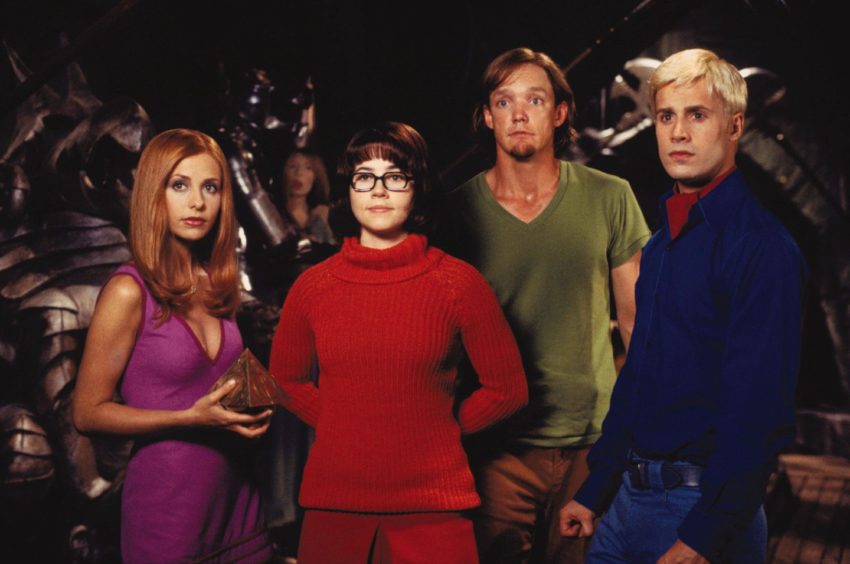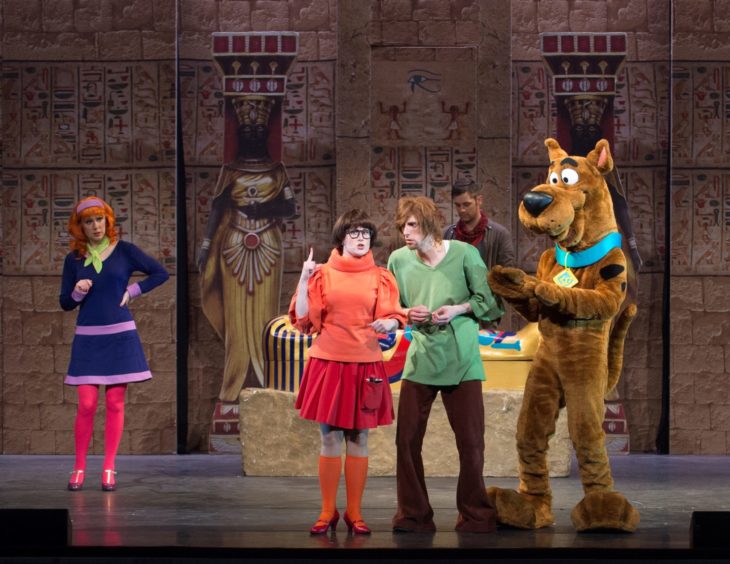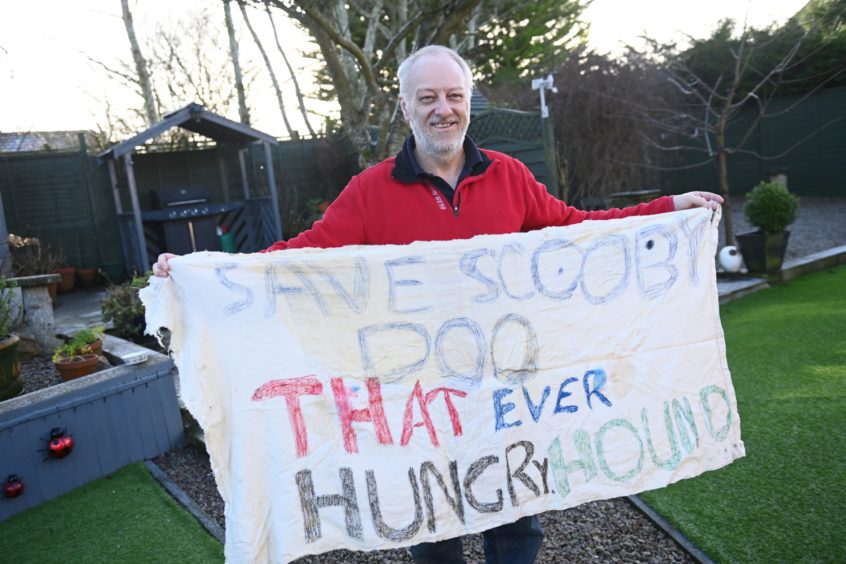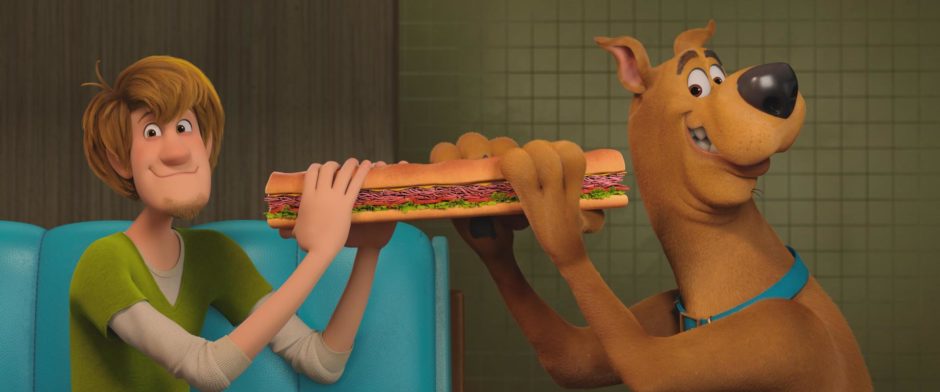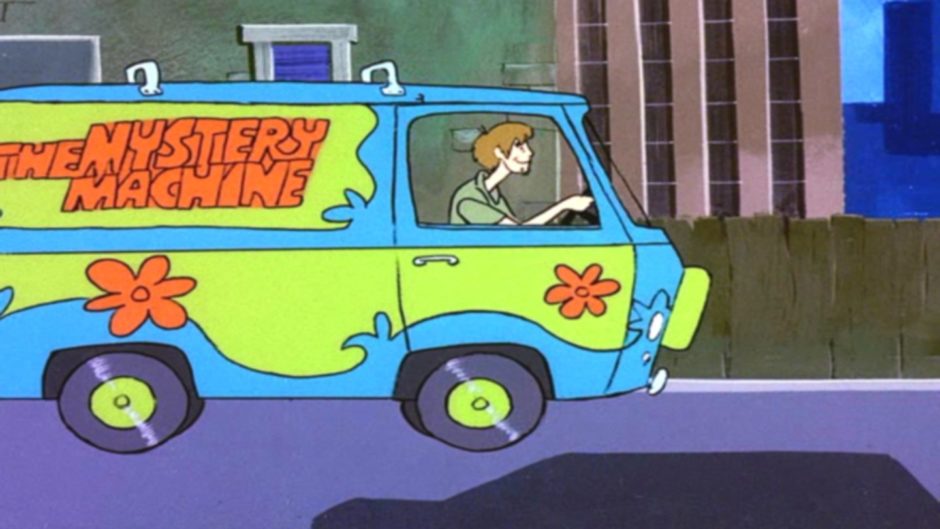Fifty years ago, the BBC tried to axe Scooby-Doo… and they would have gotten away with it, too, if it hadn’t been for those pesky Scottish kids.
The threat to the beloved cowardly canine and his Mystery Machine gang set off a storm of protest. It saw kids marching in the streets from Glasgow to Fort William and some 30,000 signed Save Scooby petitions.
There was even a sit-in protest at the BBC’s Glasgow headquarters – and retired Aberdeen police superintendent John Duncan was in the thick of the action as an 11-year-old schoolboy.
“News broke that Scooby-Doo was going to be coming off our screens and we thought it was a major loss to the kids,” said John, brought up in Glasgow after his Aberdonian parents moved there when his dad got a job in a paper mill.
“So we decided to march to the BBC studios in Glasgow, which was quite a hike from our school in Temple all the way down Great Western Road to where the BBC used to be. It was two miles, but it felt like 15 to an 11-year-old.
That ever-hungry hound
“I got a sheet from my mum and made a banner – ‘Save Scooby-Doo, that ever-hungry hound’ – and put it on sticks. I do remember getting into the car park at the BBC and we all sat down so no traffic could move.”
John said after a while the BBC sent someone out to speak to the wee flash mob – and he managed to get the youngsters to disperse in a manner, worthy of a Scooby-Doo villain.
“He told us Scooby-Doo was on in 30 minutes so we all got up and left to go home and watch it… we were only 11 at the time,” said John.
The drama started when the BBC showed the first 24 episodes of Scooby-Doo, Where Are You? starring Scooby and his pals, Shaggy, Daphne, Fred and Velma as they travelled the world solving spooky mysteries and unmasking the villain at the end of every episode.
But American TV channel CBS had refused to commission another series of the Hanna-Barbera cartoon and the Beeb tried to quietly drop the shows in February 1971.
Which was when fury erupted, with Dundee schoolboy Jimmy Brown leading the charge.
He organised marches through the city to demand Scooby be brought back to the nation’s TV screens.
His children’s army gathered in the City Square, then marched over the Tay Bridge, waving banners and noisily shouting for Scooby’s return. Jimmy also organised a petition, collecting 700 signatures himself, and inspiring others to start similar campaigns, seeing 3,000 signatories across the country.
Lead story on Nationwide
Jimmy’s impromptu protest sparked copycat demonstrations right across Scotland from schoolkids, making headlines, getting national TV coverage and sparking some newspapers to run Save Scooby campaigns.
John said of his Glasgow protest: “That night we were the lead story on Nationwide and the following day there was a big double page spread in the Daily Record.”
In Fort William the primary kids were led by 11-year-old Ann Smith and her friends, Marie Stoddart and Alison Campbell. The 50-strong protest, armed with banners and shouting: “We want Scooby-Doo” paraded along the town’s High Street.
At the time, Ann told the P&J: “We don’t see why the BBC cannot keep our Scooby-Doo. After all, see the money they spend on getting such stars as Andy Williams.”
They even gathered 1,000 signatures on the day to send to the BBC.
In Keith, schoolboy Douglas Henderson, 12, gathered in hundreds of signatures to his Save Scooby campaign, with even parents signing up.
Douglas told the P&J: “Once we get enough we will deliver the petition personally at the BBC studios in Aberdeen. There are hundreds of Scooby-Doo-ists about, we’re having no trouble at all getting signatures.”
On the hunt for Scooby snacks
At stake were the weekly adventures of the Scooby Gang with its hugely popular format of Mystery Inc discovering an evil ghost or creature terrorising a community. As Shaggy and Scooby get distracted in their hunt for Scooby snacks, the others get on with solving the mystery.
More often than not, Daphne ends up kidnapped and having to be rescued from the clutches of the villain, while Velma loses her specs and Fred comes up with an elaborate plan to unmask the villain.
John, who is now the emergency response and security manager for Total, said: “It was a very popular cartoon in its day. We didn’t have CBBC or anything like that, it was BBC or ITV – that was your whack.”
“There wasn’t a lot on for kids in those days. But Scooby-Doo was good because it had a bit of horror about it, there was always a ghost that was unmasked at the end and it was some old bloke.
“They also had current people in it. I remember one had the Harlem Globetrotters in it. It felt more real than normal cartoons. All the kids loved Scooby-Doo, it was exciting, it was funny, it was scary, all those elements for a kid.”
Not many ghosts you can handcuff
Was Scooby-Doo, with all the solving of mysteries and catching bad guys, John’s inspiration for becoming a policeman?
“Absolutely not,” said John, laughing. “I actually joined the Royal Navy when I was 16-years-old and spent six-and-a-half years in the Navy. There aren’t many ghosts you have to go and handcuff and take away.”
John actually joined Grampian Police in 1981 and had a varied and successful career with a host of roles and duties, including working at the Lockerbie trial in Holland, a police negotiator, firearms officer and involved in royalty protection as well as heading up leadership and management training at the Scottish Police College. He also chaired the Grampian Police charity Diced Cap Appeal, which earned him an MBE. He retired from the police in 2011.
Back in 1971, the howls of protest actually worked. In April that year young Jimmy from Dundee received a letter at his Carnegie Street home from the BBC saying Scooby-Doo would be returning “at an unspecified date”.
In fact, the Beeb repeated the whole of the first series and CBS commissioned a second from Hanna-Barbera, the animated studio behind other classics like The Flintstones and Wacky Races.
John said: “I do believe we made them think twice, so they didn’t take it off. I’m absolutely delighted all the kids who liked Scooby-Doo helped keep it on TV. To lose something like Scooby would have been a major hit for the kids.”
Good memories of the march
To this day, John still has a memento of his days as a Scooby protester – the banner he made from his mum’s old sheet.
“I have no idea why my parents never threw it out when they moved house and I had left home and was in the Navy. When I saw it all those years ago, I thought I would keep it as a memento of my childhood. I kept it in a case up in my loft and don’t think I have ever taken it out since,” he said.
“Being photographed with it did bring back good memories of making the banner and taking the march. Not sure what my kids would think about it being an heirloom.”
Scooby hasn’t looked back since and is still running on TV to this day having also racked up two major live action films with another animated feature, Scoob! released last year. It’s even been turned into a stage musical.
So if you are a Scooby-Doo fan – or your kids or grandkids are – remember who to thank… the pesky kids who helped cement Scooby into popular culture five decades ago.
How I became a saviour of Scooby-Doo
If someone wants to start making “I Saved Scooby-Doo” 50th anniversary commemorative T-shirts, I’ll buy one.
Yes, I was one of those kids who demanded that the BBC reverse their callous decision to do what no ghost or monster had ever achieved and bring about the demise of Scooby-Doo.
And, as I have just discovered, it was John Duncan who inspired me to take up arms against a sea of Mystery Inc troubles.
You see, as a nine-year-old, I watched the Nationwide news programme that covered John and his mates protesting outside the BBC headquarters in Glasgow, with their banners and heartfelt pleas.
I had been angry and upset Scooby was going to vanish. In the sea of anodyne British programmes for kids, Scooby was a revelation.
Fun, irreverent and spooky
Fun, irreverent, spooky and with a mystery to solve, it was like nothing I had seen before. Okay, so it was basically the same story every week and before long, even as a 10-year-old I knew when the mask came off the janitor would be underneath.
But it was still a visceral thrill… and who didn’t try to make Scooby Snacks out of slices of bread and unlikely ingredients? For the record, it was only years later why I realised Shaggy had the perpetual munchies, but let’s just leave that there, shall we.
Everyone in my class watched it, everyone the next day said who they thought the baddy might have been until the big reveal (the janitor knowledge came later).
The thought of no more Scooby left us distraught and feeling helpless. But when I saw John and his band of brothers and sisters taking the Beeb to task, I thought: “Let’s do this, let’s save Scooby.”
Did I draw a banner on an old sheet? Did I rouse my classmates to take to the streets of Edinburgh to protest and gather signatures? Eh, no.
Proud to do my bit
I walked to the phone box on the corner. Looked up BBC in the phone directory, put my coins in the box and spoke to a lady on reception.
“I want the BBC to bring back Scooby-Doo, please” I said, politely, because mum had drilled good manners in to me.
“Thank you, I will take a note of that,” said the nice lady. “Good day.”
Click, brrrrr.
So, I don’t know if my name will go down in the annals as a Saviour of Scooby-Doo. But I know in my heart I did my bit and I am proud of that. Well, I was up until Scrappy Doo arrived, but the less said about that, the better.
